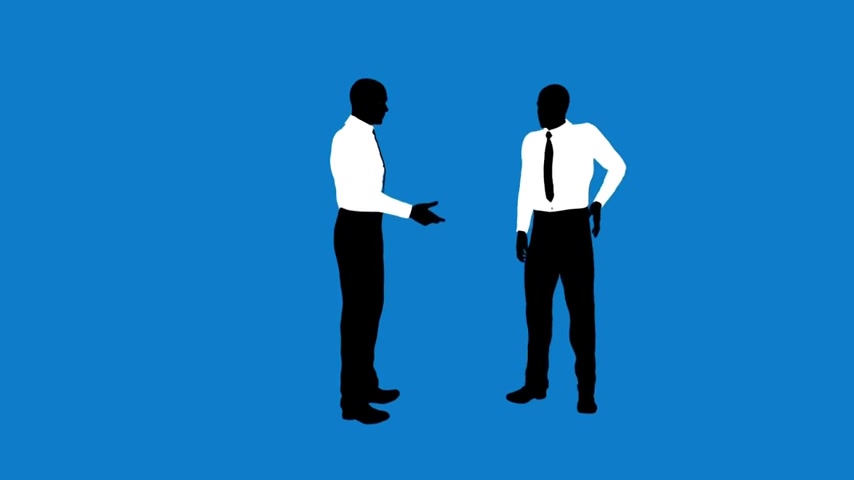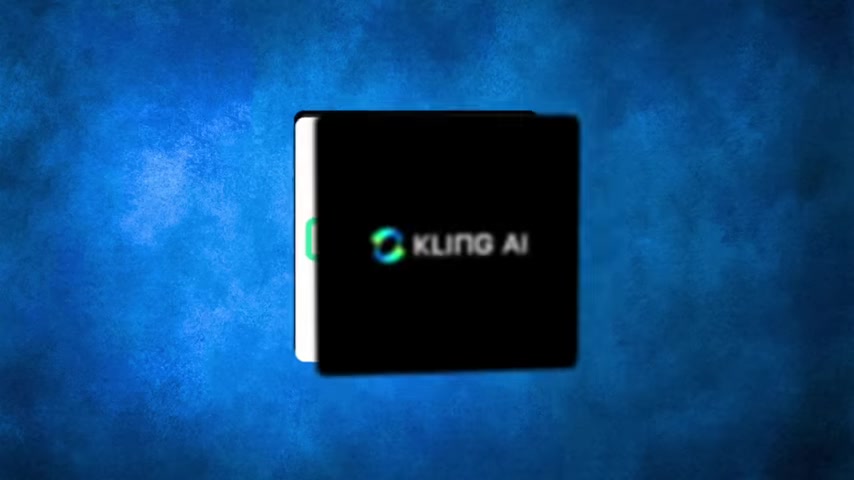
Key Points
AI can significantly reduce the time and cost of creating animated kids’ song videos.
Tools like ChatGPT can generate song ideas, scripts, and video prompts.
AI video generators such as Hailuo AI, Pica, Runway, Kling, and Suno AI simplifies video production.
Suno AI enables the generation of catchy and appropriate song content.
Combining AI-generated visuals and music allows for the creation of engaging and profitable YouTube channels.
The Lucrative World of Animated Kids’ Songs on YouTube
The Undeniable Popularity of Kids’ Content
Animated kids’ song videos have garnered immense popularity on YouTube, with channels like Cocomelon attracting billions of views per month. This surge in viewership is fueled by the content’s engaging nature, which appeals to children globally, turning it into a daily staple for many families.
These channels are a daily staple for young children around the globe, it is not surprising why they are so popular. The combination of colorful animations, catchy songs, and relatable themes resonates with young audiences and their parents, making it a highly sought-after genre. The formula is that with good animation, a memorable song, and recurring characters and stories to relate to, parents are finding that this is a winning formula. This popularity has translated into substantial revenue for channel owners, making it an attractive online business.
Key factors contributing to their success include:
- High engagement with young audiences
- Global reach and appeal
- Recurring themes and characters foster familiarity
- Potential for significant ad revenue generation
Channels in this niche can easily make $7 million per month with views from add revenue.
Traditional Challenges in Creating Animated Kids’ Content
Traditionally, creating animated kids’ song videos required substantial resources, including:
- Writing engaging songs and scripts: This involved skilled songwriters and scriptwriters who understood the nuances of children’s content.
- Creating high-quality animations: Professional animators were necessary to produce visually appealing and engaging animations.
- Hiring a production crew: A team of animators, musicians, voice actors, and editors was essential to bring the project to fruition.

Due to these demands, the cost of producing such content could be prohibitively high, making it challenging for independent creators to enter the field.
The AI Revolution: Simplifying Animation Creation
Artificial intelligence (AI) is now transforming the creation process of animated kids’ song videos. AI Tools can automate and streamline various tasks, significantly reducing the time, cost, and effort required. With the introduction of AI, anyone can now do what an entire team of animators, song writers, and artists can achieve with a few simple clicks. The introduction of AI allows anyone to start creating profitable channels such as this one. It is no longer a limitation for a team of individuals.
AI’s impact on animation creation:
- Idea Generation: AI tools like ChatGPT can generate creative and engaging song and script ideas tailored for children.
- Script Writing: AI can assist in writing scripts and Lyrics that are age-appropriate and educational.
- Animation Production: AI video generators can create animations based on text prompts, eliminating the need for manual animation.
- Music Composition: AI can compose catchy and memorable songs that complement the animations.
By leveraging AI, creators can now produce high-quality animated kids’ song videos without the traditional barriers of cost and expertise.
AI Tools for Creating Animated Kids’ Songs
ChatGPT: Your Creative Partner
ChatGPT, a powerful language model, serves as an invaluable resource for generating ideas, scripts, and lyrics. It can provide:
- Song and script suggestions:

ChatGPT can offer a variety of creative concepts and ideas based on specific themes or topics.
- Lyrics generation: It can create catchy and age-appropriate lyrics for your songs.
- Video Prompt creation: ChatGPT can generate detailed video prompts to guide the animation process.
For example, asking ChatGPT to «give me ideas for an animated song video for kids» can yield a plethora of creative concepts, such as «Colorful Animal Parade» or «Counting with the Stars.»
AI Video Generators: Bringing Your Vision to Life
Several AI video generators are available to transform your text prompts into stunning visuals. These tools include:
- Hailuo AI: Known for generating high-quality animations with realistic physics and minimal distortions.
- Runway: This offers a suite of AI-powered tools for video editing and generation.
- Pica: Known for its ability to create AI generated videos and images.
- Kling AI: A growing AI video creator, and similar to the above options it helps generate different video options with one simple click.
- Vidu: A Video Generator that provides the ability to generate videos and images through AI.

These tools offer free-tier access, allowing creators to experiment and produce content without initial financial investment.
Steps to Generate Video Clips:
- Copy and paste video prompts generated by ChatGPT into the ai Video Generator.
- Adjust settings to fine-tune the desired animation style, character design, and background.
- Generate the video clip. The AI will automatically create an animation based on the prompt.
- Repeat this process for each scene in your video.
Suno AI: Crafting Catchy and Memorable Songs
Suno AI is an AI-powered Music generation tool that empowers creators to compose original songs without musical expertise. Here’s how to use Suno AI:
-
Copy and paste the lyrics generated by ChatGPT into Suno AI.
-
Provide a description of the desired musical style, such as «upbeat children’s pop with playful melodies.»
-
Generate the song. Suno AI will compose a unique song based on the lyrics and style description.
-
Review the generated songs and select the one that best fits your video.

-
Download the song and integrate it into your video project.
Creating Animated Kids’ Song Videos with AI: Step-by-Step Guide
Step 1: Idea Generation with ChatGPT
Begin by brainstorming ideas for your animated kids’ song video. Use ChatGPT to generate several concepts based on themes like animals, numbers, colors, or everyday activities.
For example, you might ask:
- «Give me five ideas for an animated song video for kids about animals.»
- «Suggest three themes for a children’s song about learning to count.»
Step 2: Script and Lyrics Creation
Select the most promising idea and use ChatGPT to write a script and lyrics for the song. Be specific about the desired tone, educational content, and target age group.
Example prompt:
«Write a script and lyrics for a song about a colorful animal parade, targeting children aged 3-5. The song should be upbeat and teach children about different animals and their sounds.»
Step 3: Video Prompt Generation
Create video prompts for each scene in your animation using ChatGPT. Include detailed descriptions of the setting, characters, actions, and overall mood. Remember to specify that all characters, including animals are cartoon animals. This will keep a unified theme throughout the video. Detailed prompts will generate the results that you expect.
Example prompt:
«Write a video prompt for a scene featuring a red fox jumping through a lush green forest with colorful flowers. The sun is shining brightly, and butterflies are fluttering around him.»
Step 4: Animating Your Video
Use the AI video generator of your choice (e.g., Hailuo AI) to bring your video prompts to life. Copy and paste the prompts into the generator and adjust settings as needed. Be sure to download and export each scene once they are generated.
This may take some time to complete as there are many users who may be requesting usage of the application. You can generate three scenes at a time.
Step 5: Creating the Song with Suno AI
Use Suno AI to create the music for your video. Paste the lyrics generated by ChatGPT into Suno AI, describe the desired music style, and generate the song. Then you’ll have to chose which sounds best, and it will be available to be downloaded to a file format that works with your chosen video editor.
Step 6: Assembling Your Video
Use a Video Editor like CapCut to combine the AI-generated video clips and song. Arrange the clips in the desired sequence, sync the music, and add any additional effects or transitions.
Steps to assemble your video:
- Import all the assets into CapCut
- Match the clips to the songs
- Export your video for upload to your youtube channel.
Step 7: Upload and Optimize to YouTube
Upload your completed video to YouTube. Write a compelling title, description, and tags to optimize your video for search and discovery. Promote your video on social media and other channels to reach a wider audience.
Pros and Cons of Using AI for Animated Kids’ Songs
Reduced Production Costs
Time Savings
Increased Accessibility
Creative Assistance
Potential for Lack of Originality
Copyright Considerations
Quality Control
Technical Limitations
FAQ
Can I really create quality animation for free?
Which AI tool is best to use for music generation?
Does it cost money to use ChatGPT?
Do these AI platforms offer commercial licensing?
Are there any restrictions when using the Free Tier Access?
Related Questions
What are the legal considerations when using AI-generated content?
Copyright: Be aware of copyright laws and ensure that you are not infringing on any existing copyrights.
Terms of Service: Review the terms of service of the AI tools you are using to understand your rights and responsibilities.
Transparency: Disclose the use of AI in your video descriptions or end credits to maintain transparency with your audience.
How can I monetize my YouTube channel with animated kids’ songs?
Ad revenue: Earn money by displaying ads on your videos.
Merchandise: Sell merchandise related to your channel, such as toys, clothing, or books.
Sponsorships: Partner with brands to create sponsored content.
Affiliate marketing: Promote products or services in your videos and earn a commission on sales.
YouTube Premium revenue: Earn a share of revenue from YouTube Premium subscribers who watch your videos.
What are some tips for creating engaging content that kids and parents will love?
Focus on education: Incorporate educational elements into your songs and animations, teaching children about numbers, colors, animals, or other subjects.
Create catchy and memorable tunes: Use simple melodies and repetitive lyrics that are easy for children to sing along to.
Develop relatable characters and themes: Create characters and stories that children can connect with and learn from.
Use bright and colorful visuals: Capture children’s attention with vibrant animations and engaging visuals.
Promote interactivity: Encourage children to participate by singing, dancing, or answering questions in the videos.
